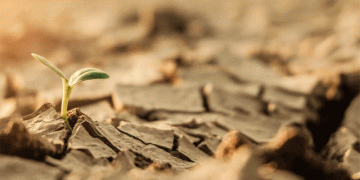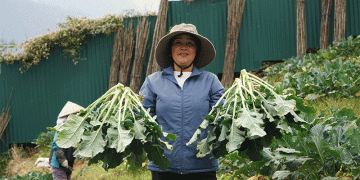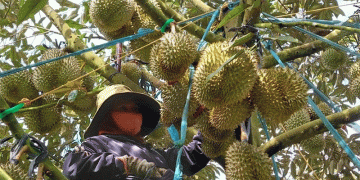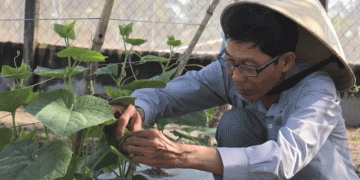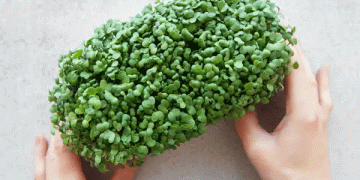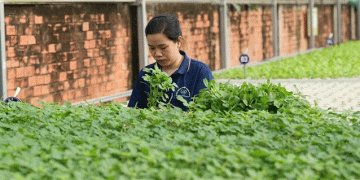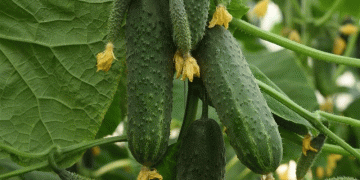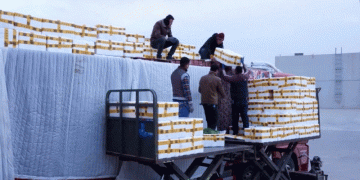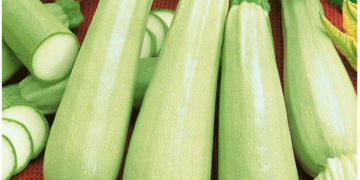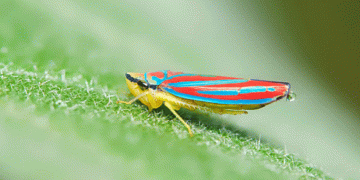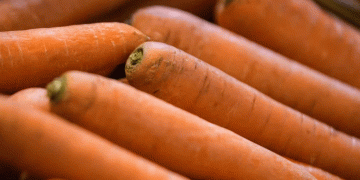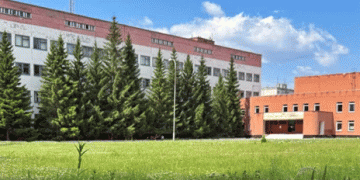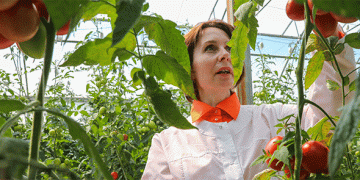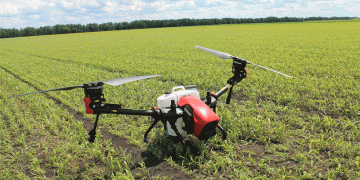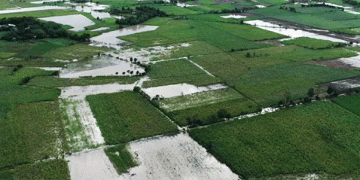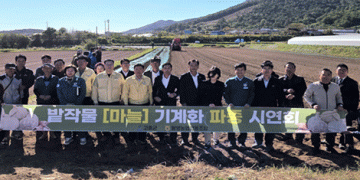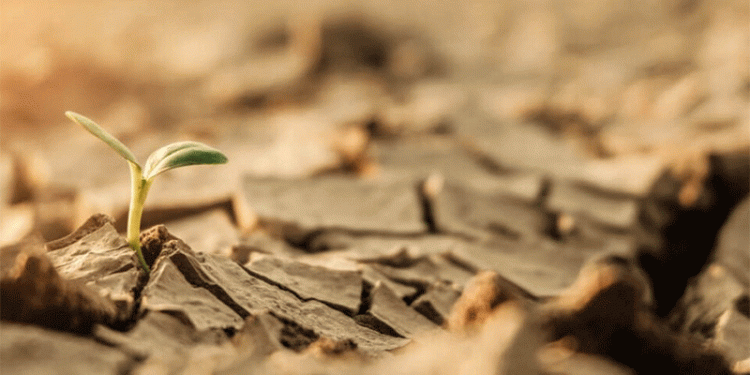Israel’s agricultural sector is facing an existential threat as a prolonged drought, characterized by a critical lack of rainfall and sustained high temperatures, inflicts widespread damage. The Ministry of Agriculture estimates direct losses have already reached 50 million shekels (~$13.4 million USD), with projections indicating this figure could swell by an additional 150 million shekels by December. The tangible impacts are severe: tens of thousands of dunams (1 dunam = 0.1 hectare) of land are parched, and the nation’s crucial bee population has plummeted by 50%, jeopardizing the pollination of countless crops.
In response to the crisis, the Water Authority is preparing a drastic measure for its 2026 allocation plan: a proposed cut of freshwater for agriculture from 380 million cubic meters to 250 million cubic meters—a reduction of over 34%. The Ministry of Agriculture warns this will inevitably lead to a sharp decline in local production, skyrocketing food prices, and significant damage to the national economy. Farmers, particularly those in the Galilee and Golan Heights reliant on local sources rather than the national grid, have already been forced to reduce water consumption by 20%. This has led to premature harvests and the heartbreaking decision to uproot otherwise productive trees.
The situation is compounded by the alarming state of Israel’s primary freshwater reservoir, the Sea of Galilee (Kinneret). The Water Authority reports its level is just 40.5 centimeters above the lower red line, a critical threshold, due to intense evaporation during a period of many consecutive days with temperatures exceeding 40°C (104°F). Another heatwave could push water levels to a low not seen since the end of the 2010s.
Israel’s current agricultural crisis is a potent microcosm of the challenges facing arid region farming worldwide. It underscores the terrifying speed at which a confluence of climate change-induced drought and policy-driven water reallocation can threaten an entire sector. The projected cuts, while perhaps a hydrological necessity, will force an accelerated transition towards even more efficient water use, likely propelling innovation in drip irrigation, selective breeding for drought-tolerant crops, and the use of reclaimed water. However, the immediate future is one of contraction and difficult choices. The massive bee die-off further illustrates the cascading effects of environmental stress on food systems, impacting everything from forage crops to meat and dairy production. For the global agricultural community, Israel’s struggle serves as both a dire warning and a live laboratory for adapting to a future where water is the most valuable input.
